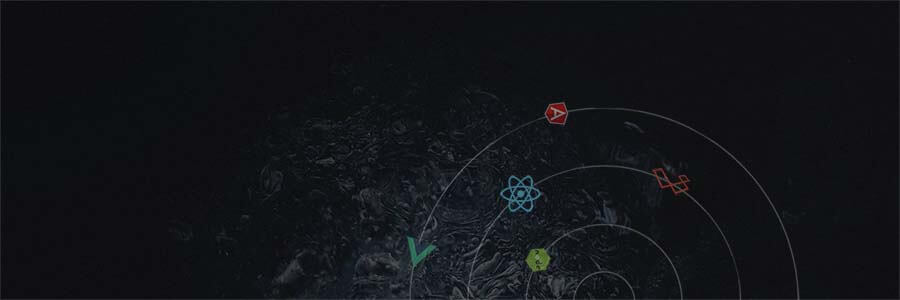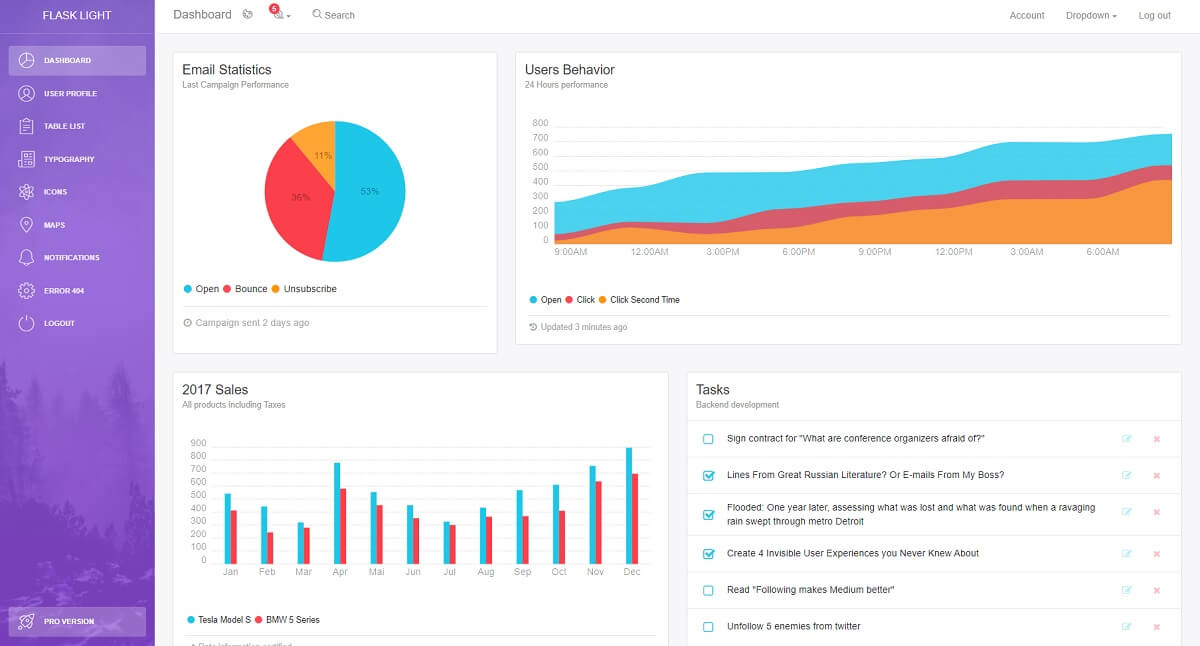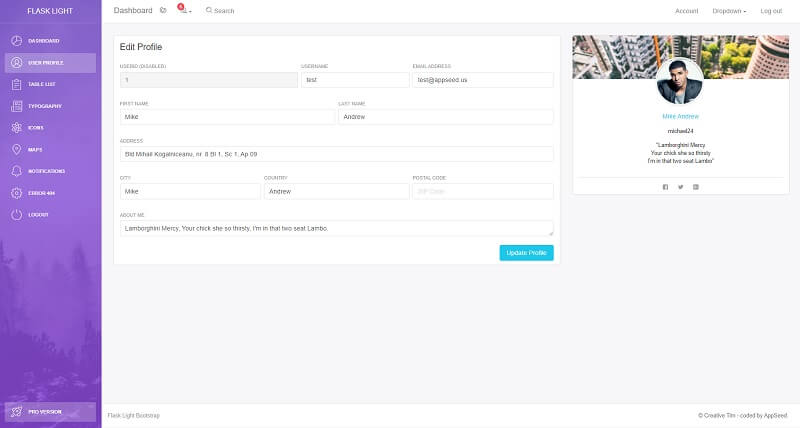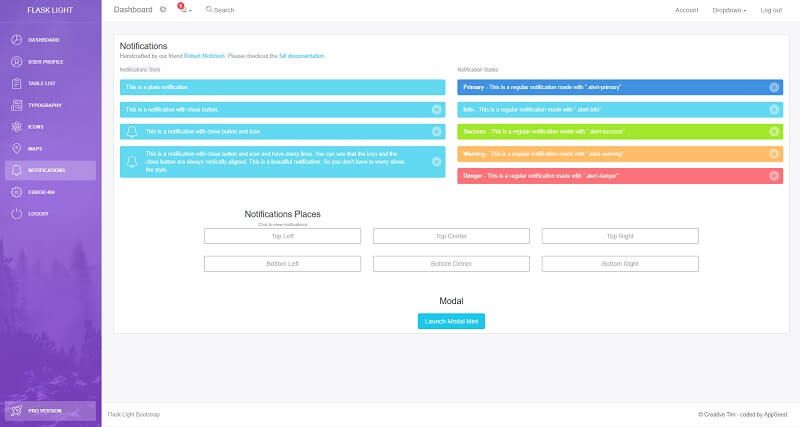Flask Light Bootstrap - Product Update
This article presents an open-source Flask Dashboard crafted on top of Light Bootstrap design - the product can be downloaded from Github without a registration lock.

Flask Light Bootstrap, a popular open-source Flask starter is now updated to use the latest UI version and codebase. For newcomers, Light Bootstrap Dashboard is a Bootstrap 4 Admin Dashboard designed by Creative-Tim to be beautiful and simple. On top on this lightweight design, the Flask codebase is enhanced with basic modules, database, authentication and deployment scripts to help beginners (and not only) to start fast a new project. Thanks for reading!
- Flask Light Bootstrap - LIVE demo
- Flask Light Bootstrap - source code published on Github
- Free support for registered users

This design, with more than 100k downloads (HTML Version) comes with a big collections of elements that will offer you multiple possibilities to create the app that best fits your needs.
Sidebar can be customized with ease to use six different colors to match your end-product brand: “black”, “azure”,”green”,”orange”,”red”,”purple”.
Sample Pages: dashboard, user profile, alerts, maps.

Flask Codebase
The "app" version provided by AppSeed comes with database, authentication, ORM and deployment scripts for Docker and HEROKU. To compile the project locally, a minimal programming kit is required with a few tools and libraries:
- A modern editor - VSCode or Atom
- Nodejs - used in Javascript-based products and tools
- Yarn - a popular package manager for NodeJS (better than NPM)
- Python - a modern script language used for many types of projects
- GIT - a command-line tool used to download sources from Github
- Gulp - a toolkit to automate repetitive tasks
Once all the tools are installed, we can start the build and follow the instructions provided in the official docs:
Step #1 - Clone or download the sources:
$ git clone https://github.com/app-generator/flask-dashboard-light-bootstrap.git
$ cd flask-dashboard-light-bootstrapStep #2 - Install modules using a Virtual Environment
$ virtualenv env
$ source env/bin/activate
$
$ # Install modules - SQLite Database
$ pip3 install -r requirements.txtStep #3 - Set up the environment
$ # Set the FLASK_APP environment variable
$ export FLASK_APP=run.pyStep #4 - Start the app
$ flask runIf all goes well, we should see Flask Light Bootstrap running in the browser:

Thanks for reading! For more resources, please access:
- More Flask Dashboards provided by AppSeed
- Free Admin Dashboards - a curated list